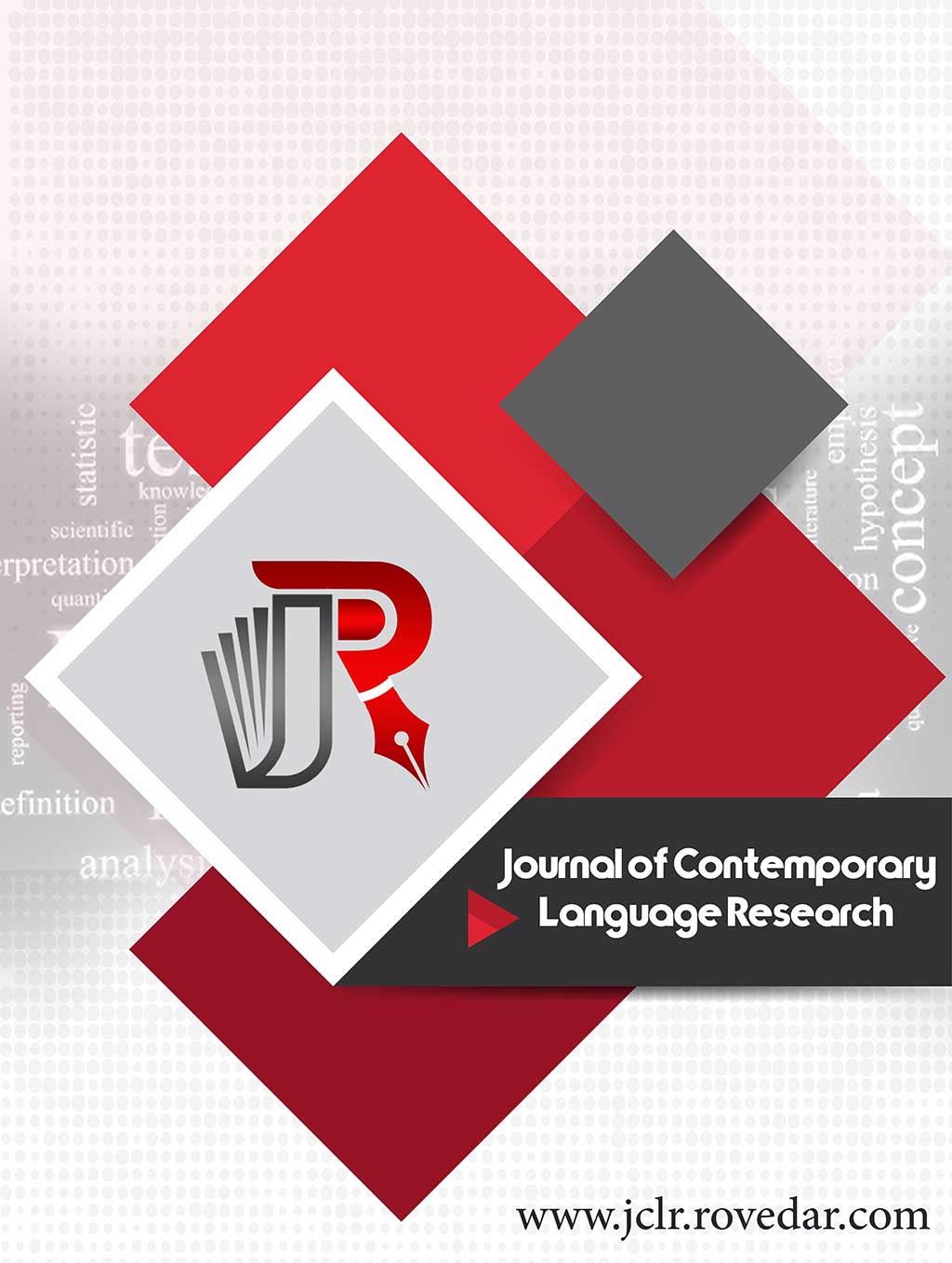An Investigation of Culture Specific Items in English Textbooks Taught at Iraqi State-run High Schools and Private Institutes
Main Article Content
Abstract
Introduction: The issue of culture has been a controversial topic in foreign language teaching. One of the best resources for familiarizing foreign language learners with another language culture is textbook. Therefore, the current study aimed to investigate the culture-specific items in in terms of Kachru’s (1985) concentric circles in English textbooks used in state-run schools and private language institutes in Iraq.
Methodology: Two textbooks of New Interchange series and English for Iraq series were analyzed in terms of their culture-specific items using Newmark’s (1988) framework. Cultural items related to categories of ecology, material culture, social culture, organizations, customs and ideas, gestures and habits as well as anthroponyms, were identified, and their frequency counts were computed. The Chi-square test was run to test the significance of each category.
Results: The results of a Chi-square test indicated that there were no significant differences between New Interchange and English for Iraq series in terms of culture-specific items related to “the expanding circle”. However, a significant difference was found between the two series of textbooks as to the culture-specific items related to “the inner circle”. With regard to cultural items related to the Iraqi native culture, Organizations, Customs, Activities, Procedures, and Concepts were found to be the most frequent items, while Anthroponyms turned out to be the least frequent cultural items reflected in English for Iraq series of textbooks.
Conclusion: It can be concluded that English textbooks published in English speaking countries (inner circle) and those published in non-native countries, such as Iraq, include items from expanding circle countries.
Article Details

This work is licensed under a Creative Commons Attribution 4.0 International License.
References
Aixela, J. (1997). Culture-specific items in translation. In R. Alvarez and M. V. Carmen–Africa (Eds.), Translation, power, subversion. WBC Book Manufactures Ltd.
Baker, W. (2009). The cultures of English as a lingua franca. TESOL Quarterly, 43(4), 567-592. https://doi.org/10.1002/j.1545-7249.2009.tb00187.x
Brown, D. H. (2000). Principles of language learning & teaching. (4th ed.). Longman.
Brutt-Griffler, J. (2002) World English: A study of its development. Clevedon: Multi-lingual Matters.
Bucholtz, M. & Hall, K. (2004). Language and identity. In A. Duranti (Ed.), A companion to linguistic anthropology (pp. 369-394). Wiley-Blackwell. https://doi.org/10.1002/9780470996522
Campbell, A. (2000). Cultural identity as a social construct. Intercultural Education, 11(1), 31-39. https://doi.org/10.1080/14675980050005370
Ching, H. M. (2010). Cultural studies and motivation in foreign and second language learning in Taiwan. Language, Culture, & Curriculum, 11(2), 126-182. https://doi.org/10.1080/07908319808666548
Graddol, D. (1999). The decline of the native speaker. In D. Graddol, & U. Meinhof (Eds.), English in a changing world (AILA Review), 13, 57-68.
Holsti, O. R. (1996). Content analysis for the social sciences and humanities. Addison-Wesley.
Jenkins, J. (2006). Current perspectives on teaching world Englishes and English as a lingua franca. TESOL Quarterly, 40(1), 157-181. http://doi.org/10.2307/40264515
Kachru, B. B. (1985). Institutionalized second language varieties. In S. Cteenbaum (Ed.), The English language today (pp. 211-226). Pergamon.
Kachru, B. B. (1990). World Englishes and applied linguistics. World Englishes, 9(1), 3-20.
Kachru, B.B. (1992). World Englishes: Approaches, issues, and resources. Language Teaching, 25(1), 1-14. https://doi.org/10.1017/s0 261444800006583
Kirkgöz, Y. and Ağçam, R. (2011). Exploring culture in locally published English textbooks for primary education in Turkey. CEPS Journal, 1(1), 153-167. https://doi.org/10.25656/01:6537
Lee, C. (2012). Korean culture and its influence on business practice in South Korea. The Journal of International Management Studies, 2(2), 184-191.
Lowenberg, P. (2000). Non-native varieties and the sociopolitics of English proficiency assessment. In J. Kelly Hall & W. G. Eggington (Eds.), The sociopolitics of English language teaching (pp. 67-85). Multi-lingual Matters.
MacBurnie, S. (2017). English for Iraq series. Garnet Education, UK.
Newmark, P. (1988). A textbook of translation. Prentice Hall.
Peterson, E. & Coltrane, B. (2003). Peterson, E., & Coltrane, B. (2003). Culture in Second Language Teaching. In Culture in Second Language Teaching (Vol. EDO-FL-03-09). (ERIC Clearing House on Languages and Linguistics). Center for Applied Linguistics.
Richrds, J. C. (2005). New interchange 1. Cambridge University Press.
Richrds, J. C. (2005). New interchange 2. Cambridge University Press.
Richrds, J. C. (2005). New interchange 3. Cambridge University Press
Risager, K. (2007). Language and culture pedagogy: From a national to a transnational paradigm. Clevedon: Multi-lingual Matters. https://doi.org/10.21832/9781853599613
Rubdy, R., & Saraceni, M. (Eds.), (2006). English in the world: Global rules, global roles. Continuum.
Scarcella, R. & Oxford, R. (1992). The tapestry of language learning: The individual in the communicative classroom. Boston: Heinle & Heinle.
Seidlhofer, B. (2004). 10 Research perspectives on teaching English as a lingua franca. Annual Review of Applied Linguistics, 24, 209-239. https://doi.org/10.1017/S0267190504000145
Seidlhofer, B. (2006). English as a lingua franca. Oxford Advanced Learner’s Dictionary of current English (7th edition). Oxford University Press. https://doi.org/10.1017/S026719050600002X
Tok, H. (2010). TEFL textbook evaluation: From teachers’ perspectives. Educational Research and Review,5(9), 508-517. https://doi.org/10.5897/ERR.9000329
Tomlinson, B. (2003). Materials evaluation. In B. Tomlinson (Ed.), Developing materials for language teaching (pp. 15-36). Continuum.

